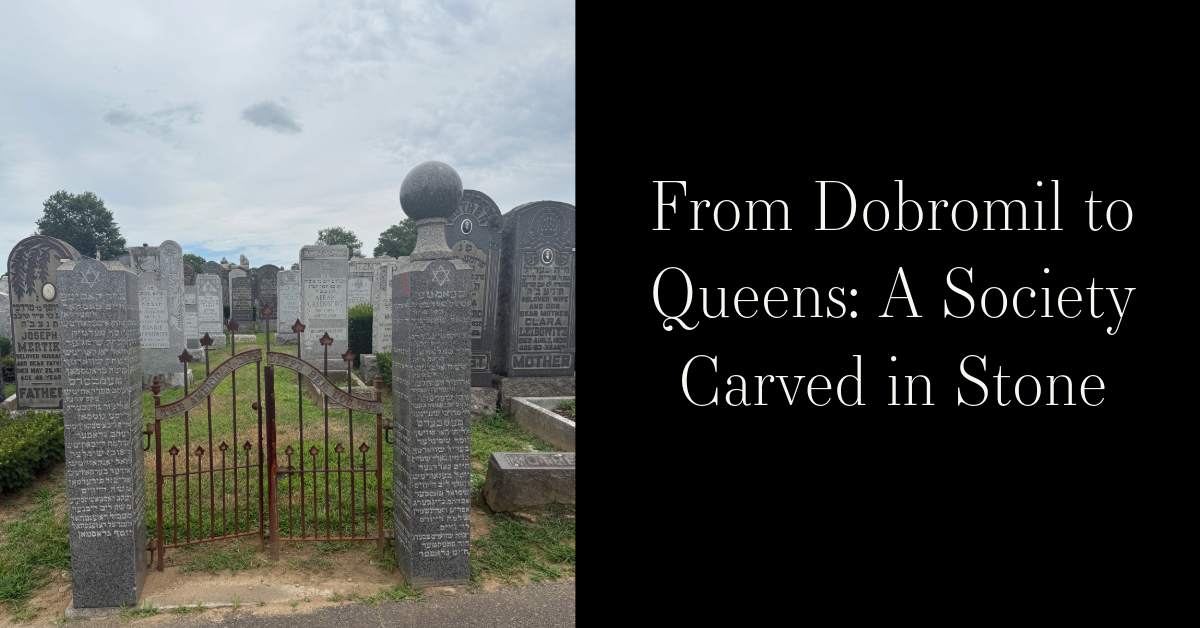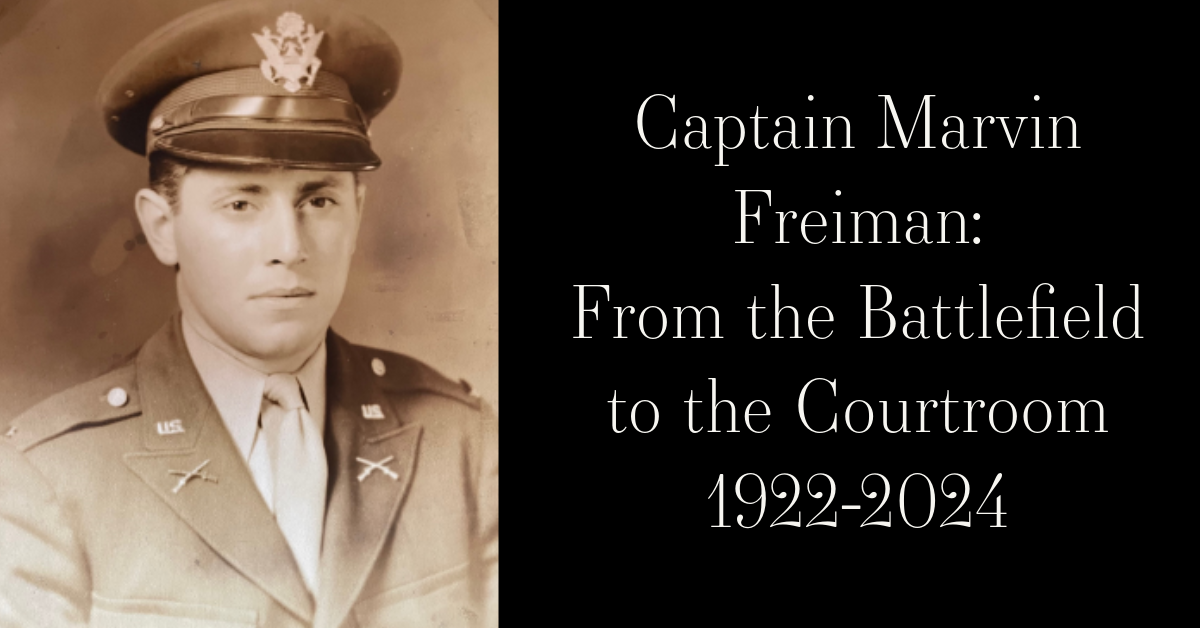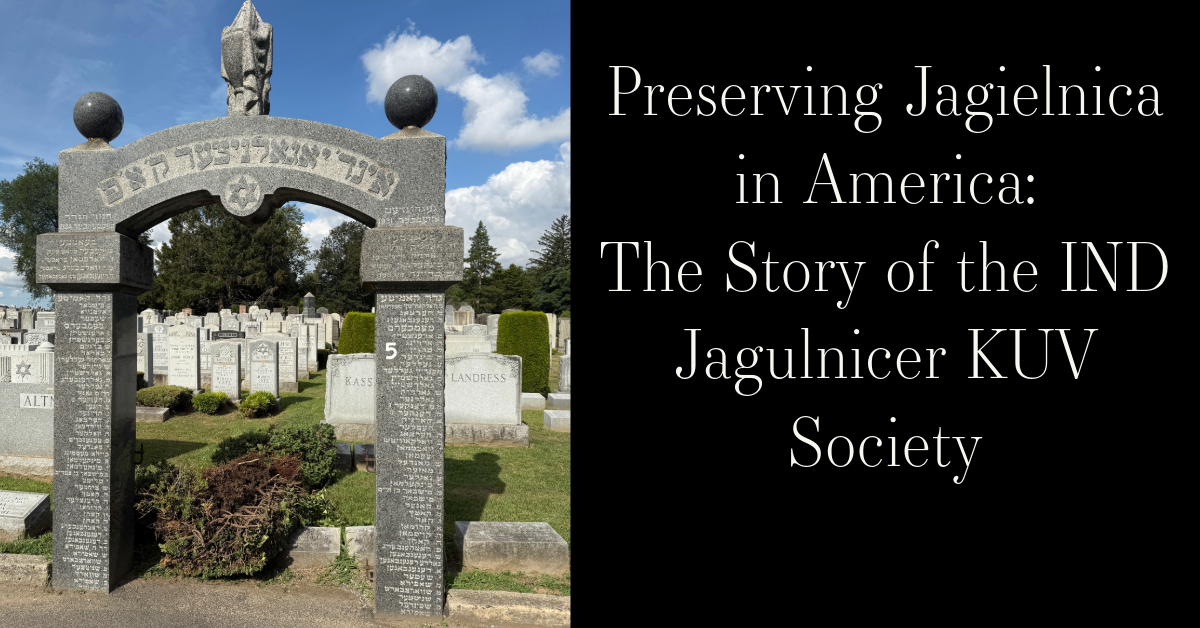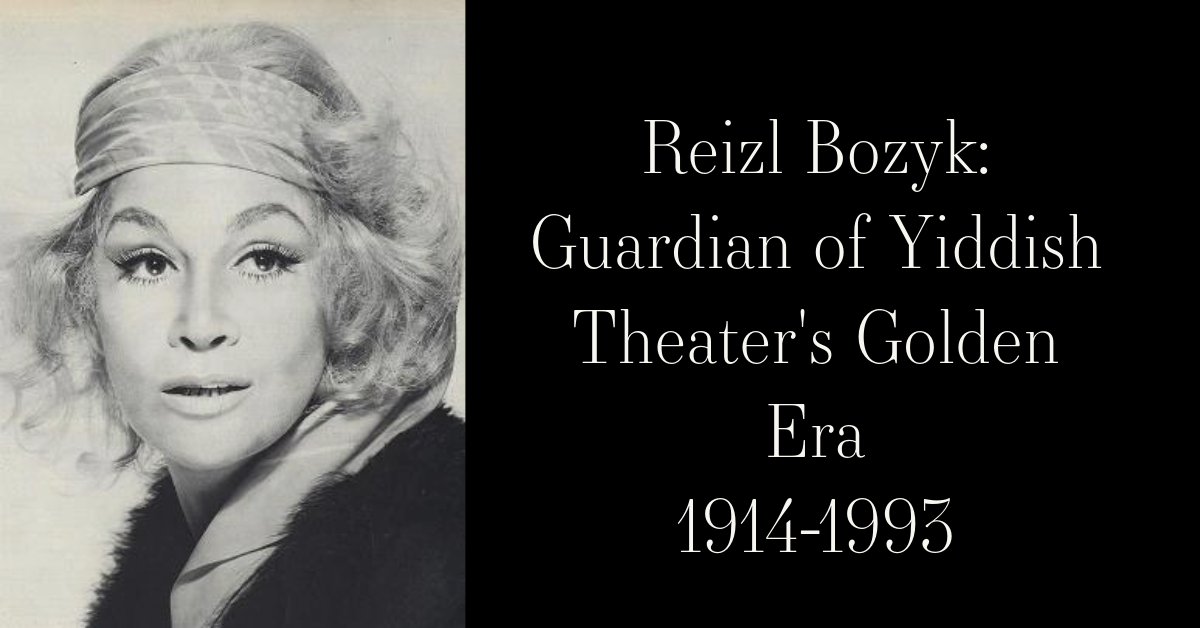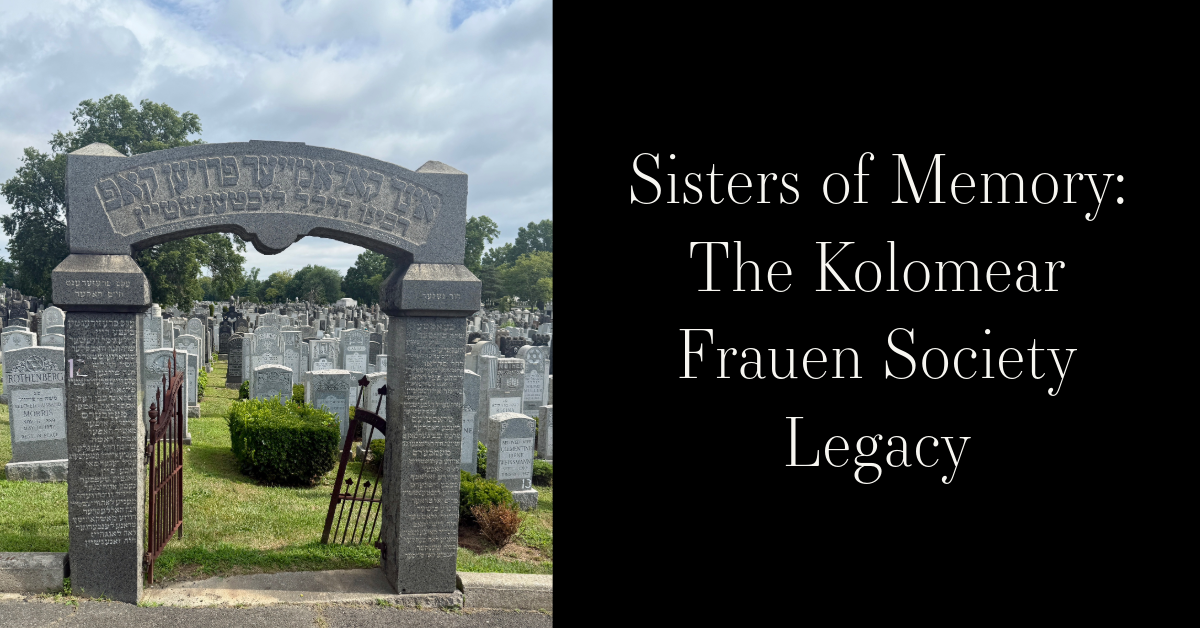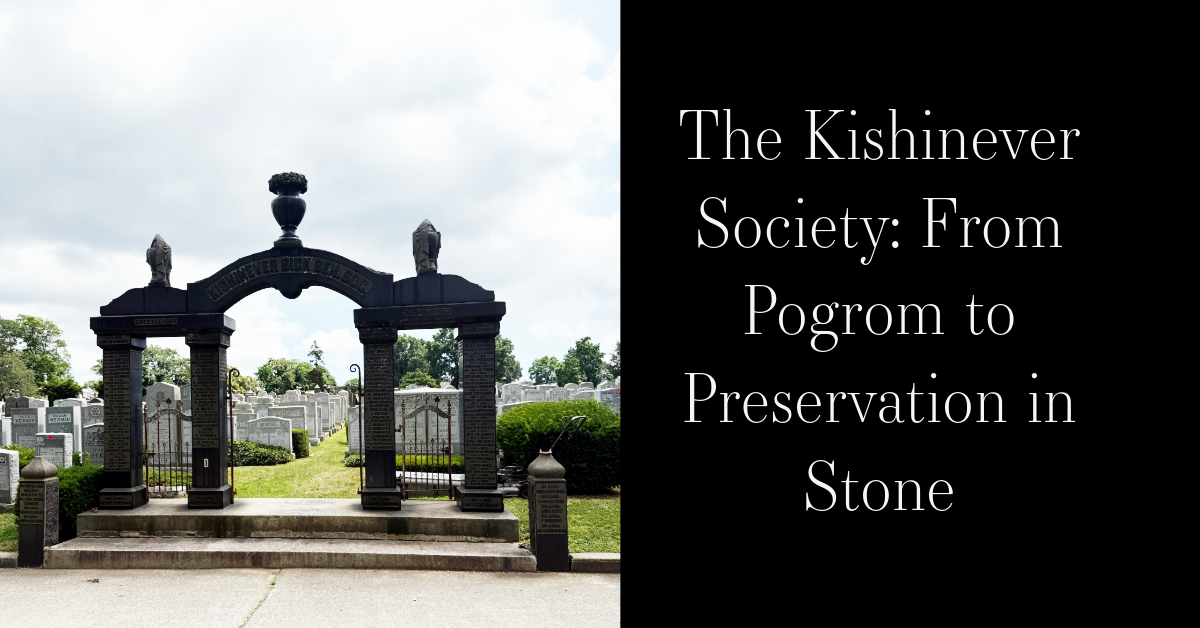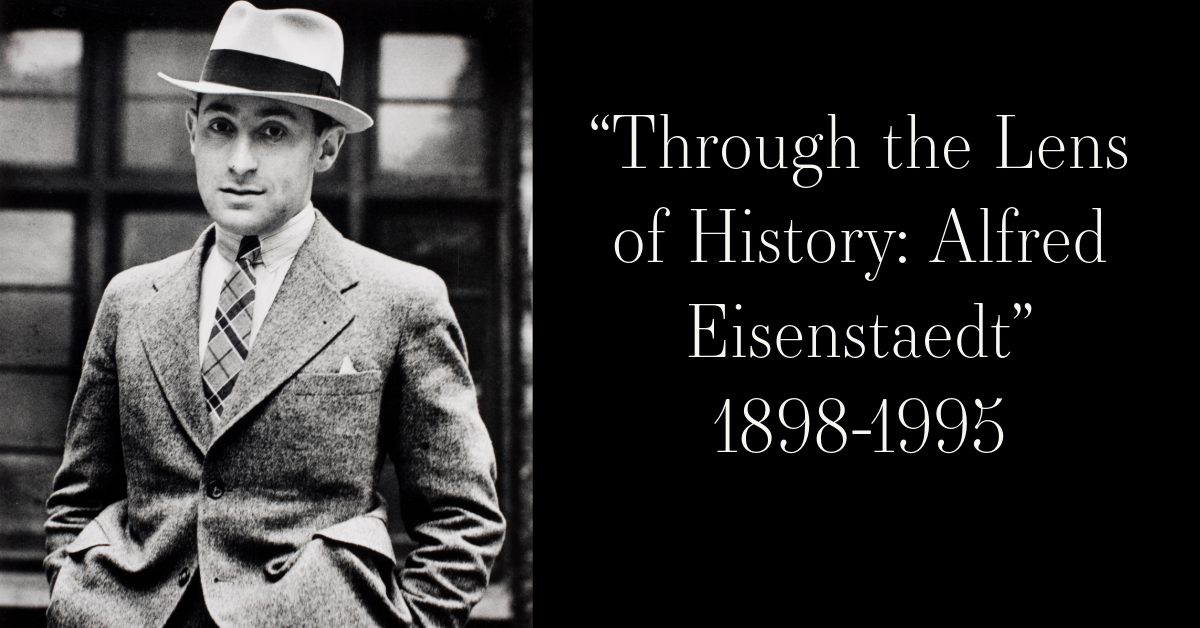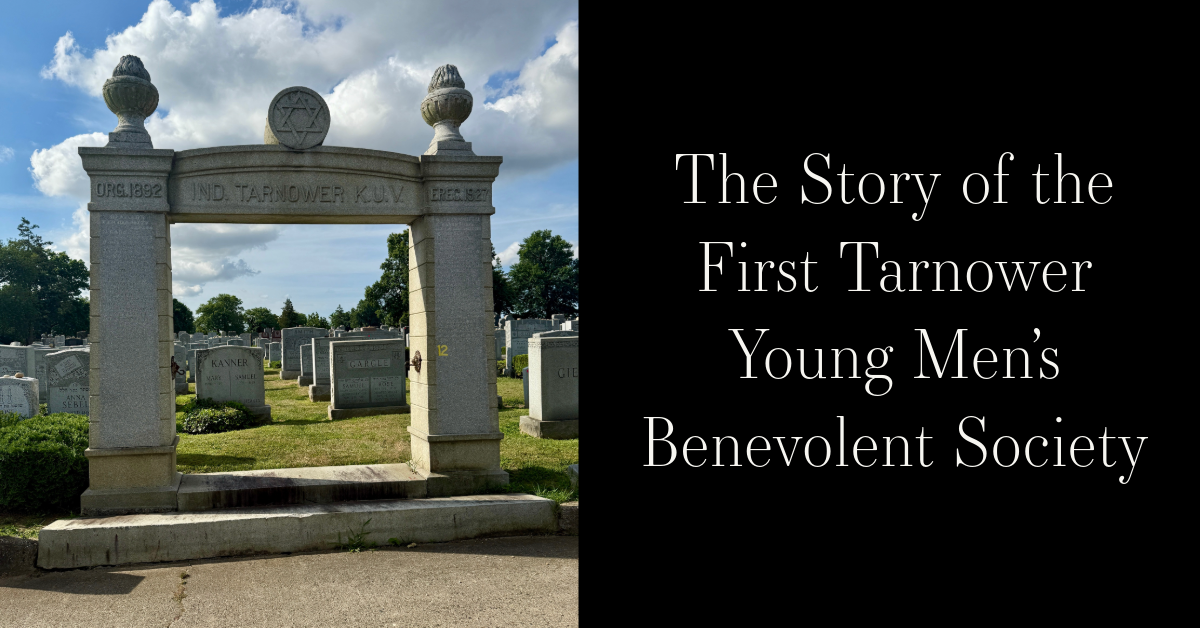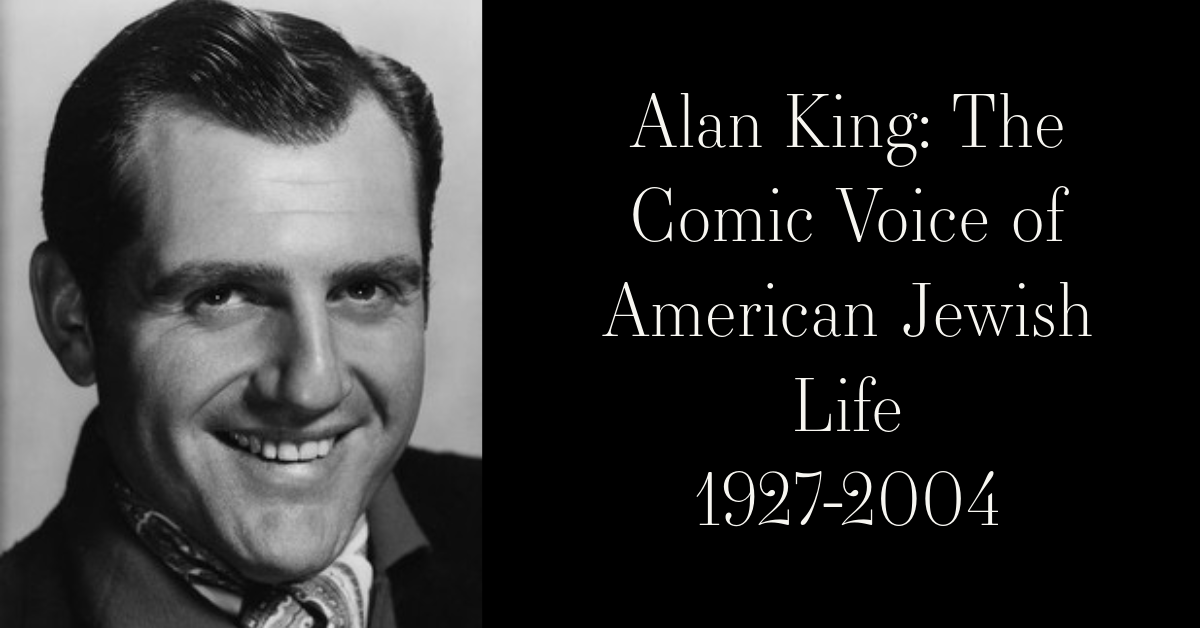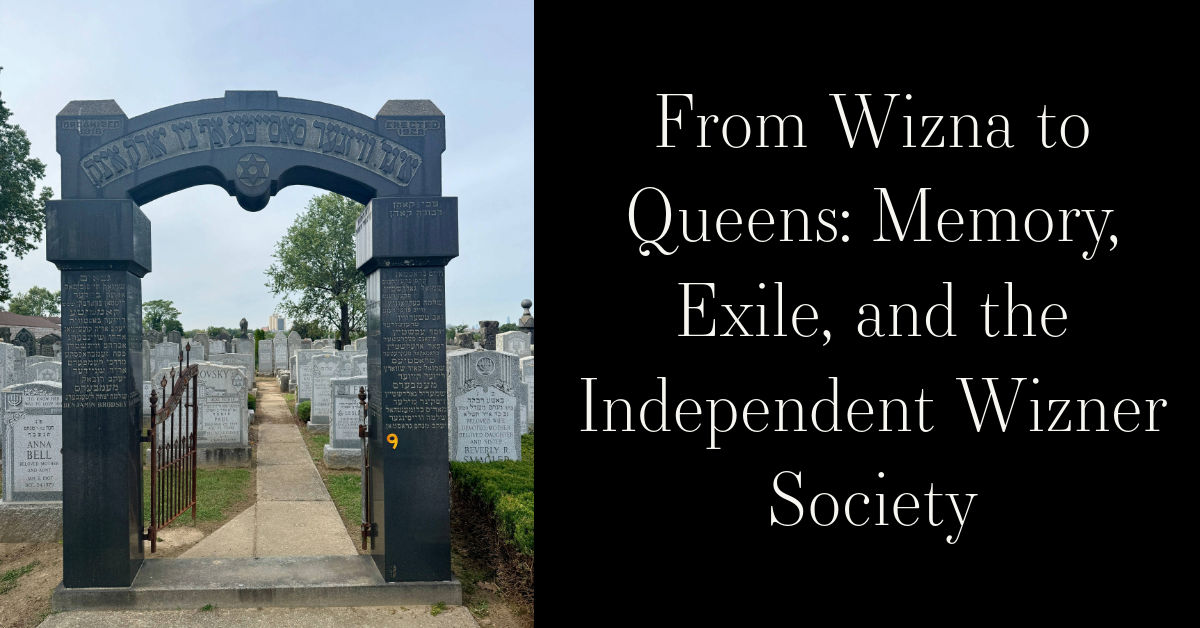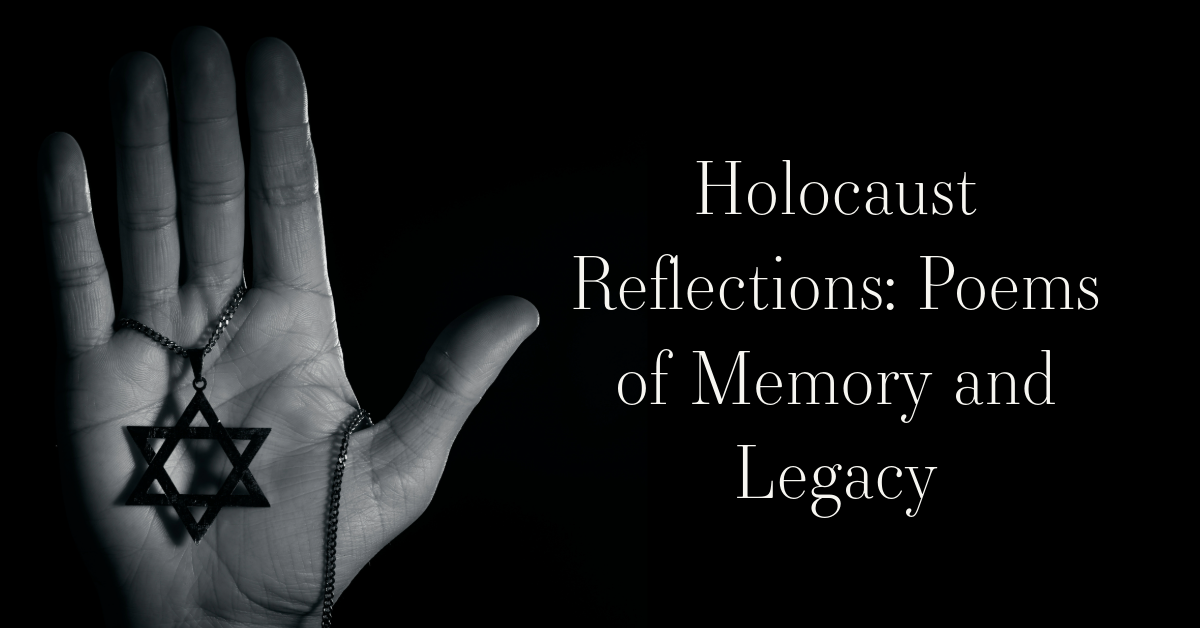Story Summary:
The 1st Dobromiler Synagogue and Benevolent Society, founded by Jewish immigrants from Dobromil (now Dobromyl, Ukraine), preserved the memory and identity of their Galician hometown after settling in New York. Amid rising antisemitism and economic hardship in Eastern Europe, these immigrants created a support network that offered burial plots, aid, and community through the society. At Mount Hebron Cemetery in Queens, their burial section stands as a lasting tribute, marked by headstones and a dedicated gate. After the Holocaust destroyed the Jewish community in Dobromil, the society's mission shifted to remembrance, honoring those who perished. Though the group no longer meets, its legacy endures in stone, story, and the shared memory of a town lost but not forgotten.
From Dobromil to Queens: A Society Carved in Stone
Dobromil, once a modest town in Galicia under the Austro-Hungarian Empire, is today known as Dobromyl in western Ukraine. Nestled near the Polish border, the town was home to a deeply rooted Jewish community that flourished from the 16th century onward. By the early 20th century, Jews in Dobromil made up a significant portion of the population. They built a vibrant religious and cultural life centered around synagogues, study halls, schools, mikvehs, and markets. Jewish residents were merchants, scholars, artisans, and tradespeople who helped shape the town’s character. Though economically modest, Dobromil was rich in tradition, learning, and communal care, like so many Galician shtetls.
Life in Dobromil was not without hardship. By the late 19th century, Jews faced increasing economic instability and antisemitic restrictions, both under Austrian rule and later Polish governance. Pogroms swept through the region during times of political upheaval. Though Dobromil itself was spared some of the worst violence, the fear of persecution and the lack of opportunity pushed many families to leave. Between 1880 and 1924, waves of Jewish emigration brought Dobromilers to the United States, where they sought better lives and more secure futures. In New York, they joined immigrant communities in the Lower East Side, Brownsville, and later in the Bronx and Queens, bringing with them the memories and customs of their hometown.
Among these immigrants, the 1st Dobromiler S&B Society was formed to support fellow Dobromilers in their new lives. "S&B" likely stood for "Synagogue and Benevolent," reflecting the dual spiritual and social mission of the society. Like other landsmanshaftn—mutual aid groups formed by immigrants from the same town—it provided members with burial plots, healthcare assistance, loans, and job help. But beyond these practical supports, the society preserved a sense of belonging. Members celebrated holidays together, shared stories of the old country, and helped newcomers navigate American life. They typically lived close to each other on streets like Sheriff, Columbia, Willet, and Stanton, creating small enclaves of familiarity and mutual care within a vast and foreign city.
As part of its mission, the 1st Dobromiler S&B Society secured a burial section at Mount Hebron Cemetery in Flushing, Queens. This site became a permanent marker of the society’s efforts and a tribute to the town they left behind. The cemetery section, with its distinct gate and rows of headstones inscribed in Hebrew and Yiddish, stands as a testament to Dobromil’s children in America. These burial grounds offer not only a final resting place but also a sacred space of memory, where stories of immigration, resilience, and loss are carved in stone. For descendants, they provide a visible connection to ancestral roots and a path to remembrance.
The Holocaust brought devastating news to those who had emigrated. During World War II, Dobromil fell under Nazi occupation. The town’s Jewish residents were rounded up, forced into ghettos, conscripted into labor, and eventually murdered. Some were deported to extermination camps like Belzec, others were shot in nearby forests. The ancient Jewish community of Dobromil was destroyed. For survivors in America, the pain of knowing what had become of relatives and neighbors was overwhelming. The society responded by shifting from aid to mourning. Yizkor services were held. Memorials were erected. The burial plots themselves became sanctuaries of grief and remembrance.
Though the 1st Dobromiler S&B Society no longer actively gathers, its presence endures. At Mount Hebron, the cemetery gate bearing the name Dobromil remains a silent sentinel of memory. Each headstone marks not only a life lived but also a history shared. The society’s work lives on through preserved burial records, family stories, and ongoing research efforts like The Legacy Project at Mount Hebron, which documents and contextualizes the contributions of Jewish immigrant societies. In remembering Dobromil and the society that carried its name across an ocean, we recognize a legacy of solidarity, survival, and unbreakable cultural bonds.
~Blog by Deirdre Mooney Poulos
Work Cited:
JewishGen Communities Database – Dobromil: https://www.jewishgen.org/Communities/community.php?usbgn=-1042376
Yad Vashem (Holocaust in Galicia): https://www.yadvashem.org/yv/en/exhibitions/galicia/index.asp
JewishGen Yizkor Book Project:
https://www.jewishgen.org/yizkor/
Center for Jewish History – Landsmanshaftn:
https://digital.cjh.org
USC Shoah Foundation Visual History Archive:
https://vha.usc.edu
Museum of Jewish Heritage – Mutual Aid in NYC: https://mjhnyc.org/exhibitions/past-exhibitions/a-town-known-as-auschwitz/


